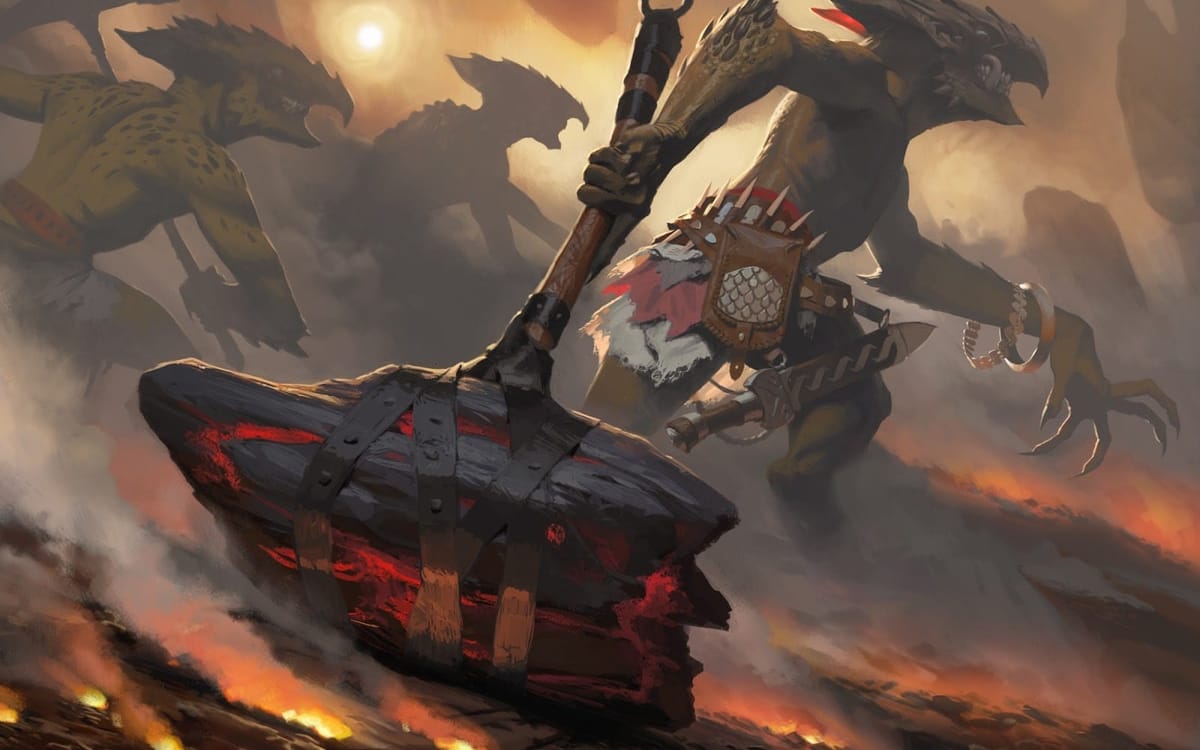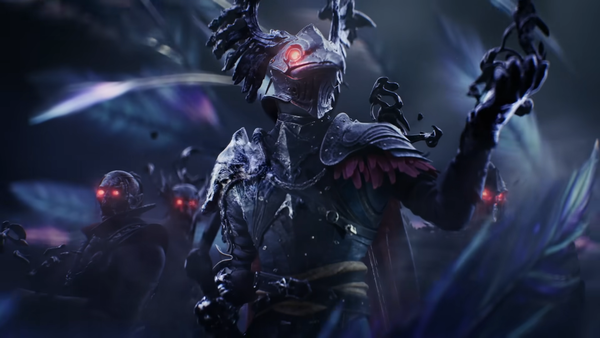The house that crossovers built rests on a shaky foundation
Universe Beyond go brrrrrrrrrr.

During Hasbro’s June 23rd earnings call for the second quarter of 2025, CEO Chris Cocks and CFO Gina Goetter used the phrase “behind the strength of Magic: The Gathering” no less than five times. It’s not unwarranted: the trading card game remains a money-printing juggernaut that can’t stop toppling its own sales records, largely thanks to its Universes Beyond crossover imprint. Cocks proudly told the gathered investors that the recent Final Fantasy Universes Beyond set sold $200 million in one day — a feat that took 2022’s The Lord of the Rings tie-in set six months to reach.
Universes Beyond opened the TCG’s design space to branded deals with film, comics, television, games, and Hatsune Miku, all of which propelled the struggling toy manufacturer through five years (and counting) of financial sluggishness. First imagined as a side project for Secret Lair’s limited print drops, UB has crept into MTG’s standard environment and now eats up a solid half of all tentpole products — the rest of this year’s releases are Spider-Man, followed by Avatar: The Last Airbender before 2026 heralds even more Marvel.
I am tired of hearing about MTG’s success in economic terms, and nearly as tired of writing about it. But this latest peek into the minds and mouths of Hasbro’s C-suite revealed cracks in the financial bulwark. Investors are beginning to ask just how long this gravy train can run, to which Cocks and Goetter offer assurances that sound a bit too convinced that UB is a hammer that makes nails of any problem. Cocks called MTG a single-source profit provider for licensees, advertising to any listening company that Hasbro can deliver year-long revenue comparable to “a blockbuster film or a AAA video game.”
Another investor interrogated demographic information — according to Hasbro’s research, new players attracted from brand-loyal customer bases fall predominantly into the 11 to 14-year age range. But what keeps these Spongebob and Fortnite fans returning to brick-and-mortars to draft non-licensed sets such as Edge of Eternities? FLGS’s within the Wizards Play Network receive little more than marketing guidance. Premium members earn the right to foist more and shinier cardboard on customers, but how does that solve community concerns? What, beyond the relentless churn of fan exploitation, will retain the reported 40% increase in players after the hype has dwindled?





